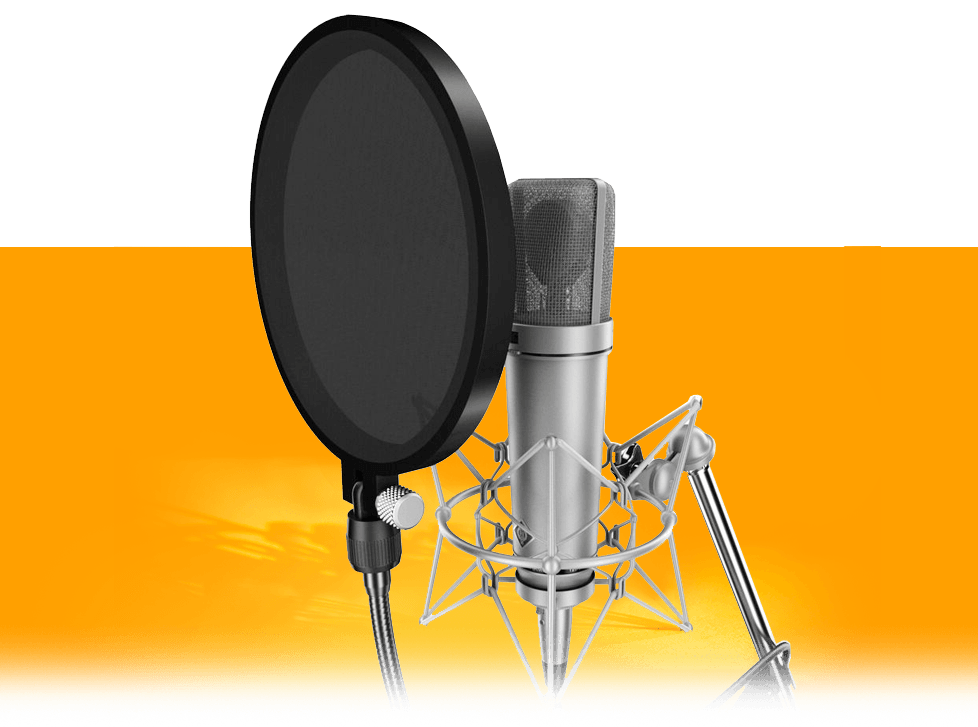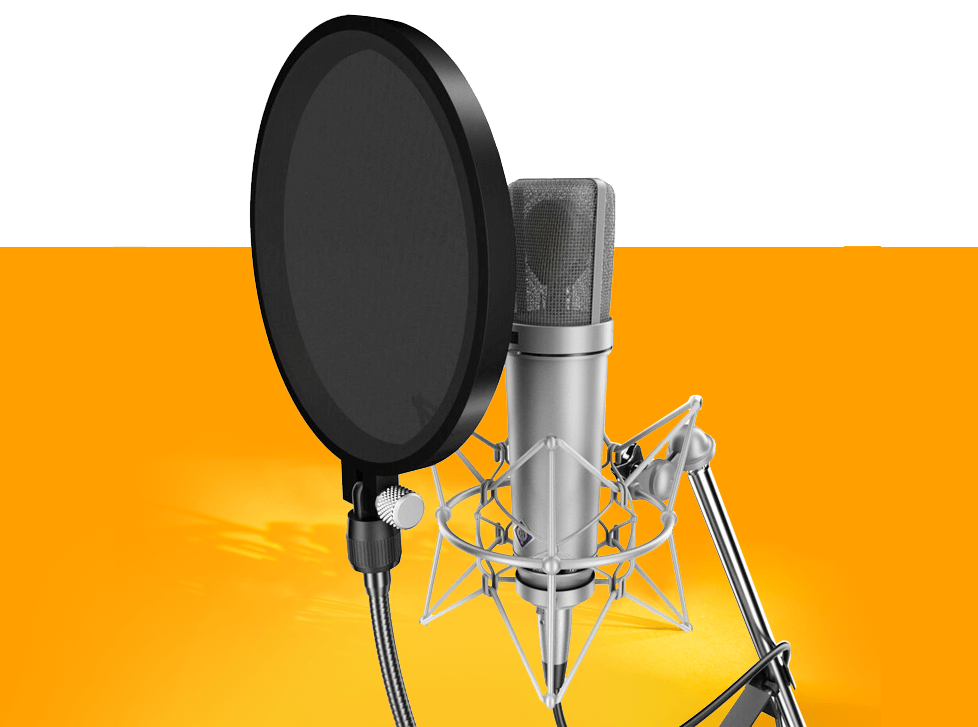Top Digital Audio Workstation Software and Music Production Tools of 2022
Jeremy Alves | November 15, 2022
Taking your first steps as an audio engineer or music producer can be daunting. There are so many considerations to make, from the equipment to buy for your home studio to the classes you’ll take at recording schools.
One of those decisions that will impact your success significantly in the future is the choice of music production software tools, specifically the Digital Audio Workstation (DAW).
To help make this choice much easier, we’ve compiled a list of some of the most popular solutions on the market and compared their pros and cons.
Introduction: What a “DAW” Actually Does
A Digital Audio Workstation (DAW) is a type of professional software used by audio engineers to record, edit, mix, and process audio tracks. Users can manage multiple tracks together at once, add effects accordingly, and combine them into a finished product. DAW fulfills the same purpose in audio and music production that video editing software has in movie-making.
Musicians often expand the functionality of their Digital Audio Workstations by installing plugins (VSTs), which can include new effects for tracks like equalizers, compressors, reverb, delay, and various others. Changing the tone, pitch, and speed of any number of tracks greatly increases the amount of control and customizability one has over the music.
Choosing Your Own DAW: A Rundown on the Most Popular Solutions on the Market
Music and sound production is a popular field, so it’s only natural that many software platforms exist to fulfill the audio editing needs of professional artists and sound engineers. With so many options on the market, it can be difficult to decide which one serves your specific needs best.
After all, there are many different “types” of audio engineers from the casual enthusiast to the serious career-chaser. Your choice, which will impact your work significantly and serve as the primary method of control you have over your recordings, depends on factors like your budget, amount of technical skill, and personal preferences.
Many of the options on this list provide free trials, with different limitations, to help you get hands-on experience before you make your purchase. Explore the different options for free to make sure you pick the right one for you.
Let’s go over some of the most well-known Digital Audio Workstations so that you can jumpstart your search and hit the ground running.
FL Studio: A Solid Entry-Level Choice
FL Studio has a lot going for it: it’s available in multiple pricing packages to fit a wide range of budgets. It works fairly well for beginners thanks to its number of starting features and plugins. And the timeline is generally fast and easy to use once you get used to it.
That being said, there’s a reason why we believe FL Studio is mostly geared towards hobbyists rather than professionals. Because the developers focused mainly on ease of use, the platform lacks many of the bells and whistles found in more premium software packages, which is a point brought up in many online reviews of the software. There are also many people complaining about the cluttered nature of the UI.
Nonetheless, FL Studio remains a well-known DAW that often ranks highly in the market, especially for new producers. However, it’s worth noting that FL Studio is still used by professional music producers, particularly those specializing in hip-hop. The DAW has several features that make it worthwhile for producers who appreciate its practicality and expand its potential with added VSTs.
Avid Pro Tools: An Industry Standard with a Steep Learning Curve
Avid Pro Tools is another famous Digital Audio Workstation and is often cited as the industry benchmark for DAW products.
We love the program’s customizability in terms of its functionality, and Pro Tools functions as the #1 DAW taught at OIART. Both professional audio producers and amateur home studios have found a use for Pro Tools, as you don’t necessarily need top-grade studio hardware to get the most out of the program’s extensive editing and mixing capabilities. We also appreciate the support network and continual updates from the developers.
Although it’s common to see online reviews that point out frustrations or flaws with the Pro Tools DAW, many of these result from the steep learning curve to configuring Pro Tools effectively. Because of its complexity and hardware integrations needed in their professional configurations, it’s simply not a “use out of the box DAW” in any professional setting. Formal training is highly recommended since this industry-standard software is used in for a variety of applications in major studios, film and television and live performances worldwide.
Available in two subscription models, Avid Pro Tools offers a less expensive version with functionality that any hobbyist or amateur recording engineer could need. Their more expensive Ultimate version includes support for more complicated workflows and hardware suites with more advanced features to support professional-level projects.
Studio One: New Kid on the Block
Studio One is relatively new in the DAW market. It was originally developed as a less technical and easier to use platform for musicians, and it largely succeeds in that regard.
One of the first features you’ll notice after booting up Studio One is the intuitive drag-and-drop interface for applying edits and effects to audio tracks. The layout can even be customized to suit your specific workflow. And best of all, there’s a free version available, with paid tiers offering additional content and plugins.
We do feel obligated to mention some of the performance issues many users have been experiencing. While most have been ironed out in successive updates post-launch, occasional freezing may still occur in current deployments.
Studio One still has room to grow, but it's developers have certainly been active. The company was recently acquired by instrument manufacturer Fender, which
emphasized simplicity and ease of use as goals for the platform. Interested artists should stay tuned for new developments.
Audacity: Free and Functional, But Also a Bit Shallow
You can think of Audacity’s role in the DAW sector as akin to Microsoft Paint’s role in the art industry. It’s free to use, accessible to almost anyone, and also rather simplistic in its feature set and capabilities. However, it is more geared towards editing audio files rather than fully-fledged music production.
Developed by two college students over 2 decades ago, Audacity is an open-source and easily customizable audio editor. Many developers have added their own modifications and released their own versions of the program.
The advantages of Audacity are that it’s free and simple to use and it’s compatible with a wide variety of operating systems. The result is that it’s an excellent starting point for many amateurs.
Unfortunately, that simplicity comes at a price. More serious users interested in production in music will almost certainly have to add their own plugins and features. The built-in multitrack audio support is fairly limited as well, and there’s very little technical support available in case you need assistance.
We won’t call Audacity barebones as it does what it intends to do quite well. But more serious audio professionals are unlikely to turn to this DAW in the long-term.
Cubase: The Elder of Modern DAWs
Cubase has the distinction of being one of the oldest software solutions on the market, having been released back in 1989. This DAW boasts excellent editing features, stock plugins, and a robust MIDI engine. It’s also incredibly stable and runs with few issues on many machines.
But Cubase also shows its age quite a bit now. The interface looks arguably dated compared to the more sleek options available today. And the complicated workflows render the learning curve rather steep.
Cubase had its moment in the sun many years ago, but we think it’s slowly being eclipsed by newer and more advanced solutions today. Some industry veterans still swear by it though.
Ableton Live: Creativity’s favourite DAW
Modern recording artists and DJs absolutely love using Ableton Live. It’s popular thanks to its suite of audio effects and rich built-in library of sounds. If you’ve ever heard original electronic music, there’s a good chance it was mixed with Ableton.
What we especially love about the program is that it’s available in three different packages, making it perfect for almost any audio engineer from the experimenting newbie to the thorough expert. If you ever take a class at OIART, then you’ll be using this DAW.
The Intro plan allows for a limited number of tracks, scenes, and input and output channels, but it still contains all the features needed for quality audio editing, such as Comping and tempo following. The Standard and Suite versions are far more expensive, but they expand the scope significantly with new content packs and special features like linked-track editing.
Want to Become a Music Producer? Get an Introduction from OIART
Are you interested in becoming a music producer? Regardless of whether you want to pick up an entertaining hobby or make it your career, picking your DAW is your first step.
One of the best ways to boost your confidence and gain some valuable experience alongside other like-minded individuals is through taking an audio recording course. The Ontario Institute of Audio Recording Technology (OIART) is one of the sector’s best-performing training programs with an employment rate outperforming the industry average by 30%.
Are you ready to take the first step towards learning how to become a professional music producer?
Learn more about our institute today to begin your journey.
Ready to Start?
OIART's Audio Program Includes:
✓ Small Class Sizes
✓ On Site Facilities
✓ Industry Leading Instructors
✓ Post Grad Support & Guidance
✓ Exclusive 11 Month Program
Top Reasons Why You Should Choose OIART.
Have Questions?
If you have questions about our audio engineering and music production program or would like to book a tour, we would be pleased to speak with you.
Text Us: 519.200.4151
Share This With a Fellow Music Lover
Apply in 4 Steps!
Step 1: Click apply now.
Step 2: Answer 8 questions about yourself.
Step 3: Upload supporting documents.
Step 4: That's it! You are done.
Share this with fellow music lovers


